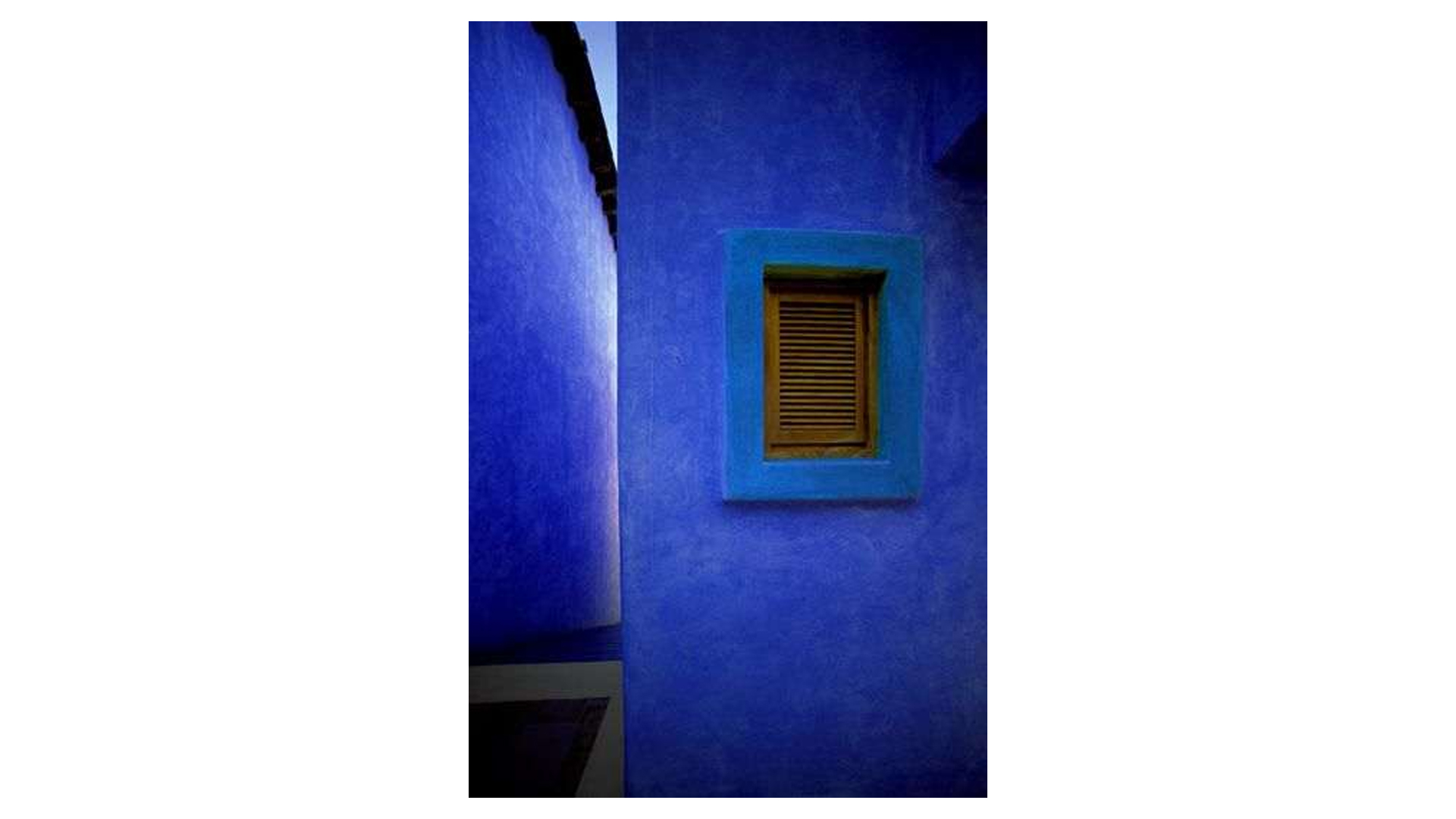Pete Turner (1934-2017) was born in Albany, New York. The only son of a Canadian touring bandleader and a stay-at-home mom, Turner discovered his passion for photography as a young boy. By fourteen he had already began to experiment with color film and developed a deep interest in color hues and saturation. “I remember going to the art supply store as a kid and looking at watercolor paint boxes and thinking, ‘These are beautiful,’” Turner recalled. The pairings of saturated colors and tones became a common theme that Turner returned to in his photography throughout his career.
Turner attended the Rochester Institute of Technology, majoring in photography and art, and graduated with his Bachelor of Fine Arts degree in 1956. The following year Turner was drafted into the military service. He served with the second signal combat photography team in Astoria, Queens. During this time, Turner experimented with new color materials and means of color printing while running the color lab for the military. While he mostly remained in New York during his service, Turner did travel on Army assignments nationally.
After being discharged in 1958, Turner joined the Freelance Photographers Guild and went on assignment in Africa. He followed a caravan of nearly fifty vehicles that crossed most of the continent, from South Africa to Egypt. Turner used his time in Africa to build his color photography portfolio, and his sharp imagery earned him assignments for Esquire, Look, Sports Illustrated, and others.
While Turner undoubtedly used filters and darkroom effects to heighten the drama of his vivid color photograph prints, his main inspiration source was nature itself. The colors found in nature, such as the stark contrast of black and yellow on a honeybee or the nuanced red hues in a cardinal’s feather, provided rich blueprints for how to compose textures, patterns, and light. Natural arrangements of buildings and landscapes play as big a role in Turner’s photographs as his studio manipulations.
Turner’s distinct use of color and architectural abstraction is forefront in Blue Walls and Light. The rich ultramarine blue of two exterior building walls dominates the photograph. While vivid, the blue walls are not uniform in tone—the walls have subtle variations and texture. Turner introduced a hint of green to the blue color of one building’s windowsill, and contrasted the cool tones with the deep, warm browns of both the window shutters and the neighboring building’s shingled roof. Turner allowed for a whisper of sunlight to peek between the two buildings, rendering the everyday structures abstract and peculiar.
Turner’s career spanned many decades, and his unique visual style and photographic techniques earned him recognition in both the commercial and fine art fields. He passed away in his New York home of cancer on September 18, 2017, leaving behind a robust portfolio and an enduring legacy.
Blue Walls and Light is on display in Portal: The Window in American Photography, an exhibition that examines the formal and symbolic potential of windows.
—Kelli Fisher, Curatorial Intern
Image caption: Pete Turner, Blue Walls and Light, 2002, chromogenic print, 19 x 13 inches, Everson Museum of Art; Gift of Arthur and Cheryl Grant, 2018.48.3.6. © Pete Turner
Sources:
- 1. Sandomir, Richard. “Pete Turner, Whose Color Photography Could Alter Reality, Dies at 83.” New York Times, September 22, 2017. https://www.nytimes.com/2017/09/22/arts/pete-turner-dead-color-photographer.html.
- 2. Turner, Pete. “Biography.” Pete Turner Photographs. Accessed March 26, 2021. https://www.peteturner.com/Bio/index.html.


